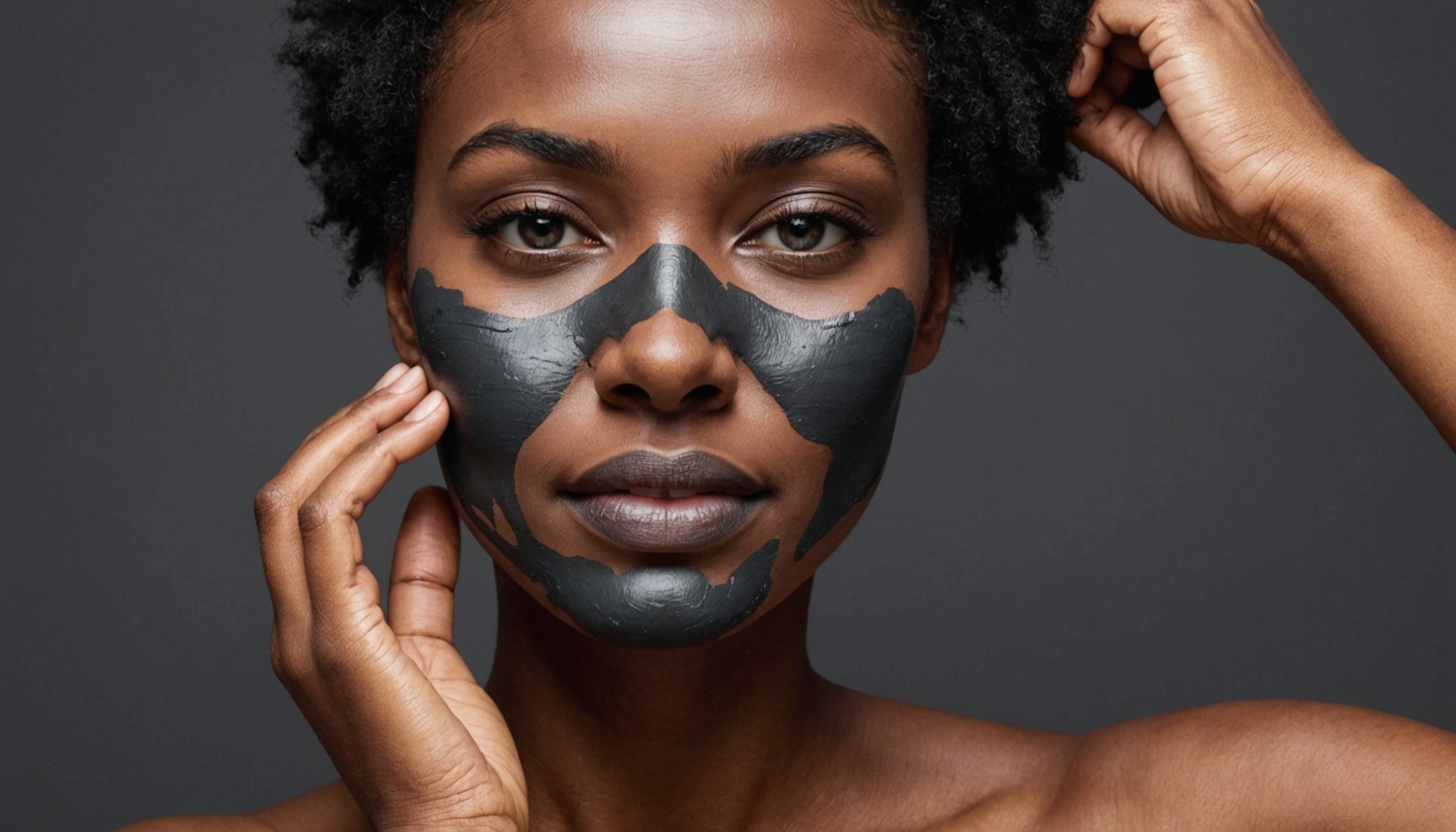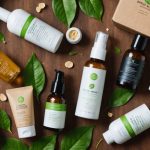Benefits of Activated Charcoal in Skincare
Activated charcoal is a game-changer for skin health due to its unique ability to absorb impurities and toxins effectively. Its porous structure allows it to trap molecules from deep within the skin, providing thorough detoxification. This makes it an excellent ingredient for detoxifying face masks and cleansers, helping to clear out dirt, oil, and other impurities from the skin’s surface.
A significant benefit of activated charcoal is its capability to unclog pores, a leading cause of acne breakouts. By drawing out potential acne-causing substances, activated charcoal can help prevent future skin eruptions, promoting a smoother and clearer complexion.
Additional reading : The definitive handbook for selecting the best plant-based protein treatments for hair restoration
Moreover, activated charcoal plays a vital role in balancing oil production, particularly beneficial for individuals with oily or combination skin. By regulating excess oil without stripping necessary moisture, it helps maintain healthy skin hydration levels. This makes it versatile and suitable for a variety of skin types, from oily to sensitive.
In essence, activated charcoal’s advanced detoxification and oil-balancing properties make it an indispensable component in modern skincare routines. Whether battling acne-prone skin or managing oily skin, its inclusion can contribute to healthier, cleaner, and more radiant skin.
Also to read : Discover Cutting-Edge Anti-Aging Skincare Innovations for Women Over 40: The Latest Breakthroughs!
How to Incorporate Activated Charcoal into Your Skincare Routine
Incorporating activated charcoal into your skincare routine can offer a deep cleansing effect, leaving your skin feeling refreshed and rejuvenated. Discover the best application methods below.
Cleansers and Masks
Cleansers with activated charcoal are designed to draw out impurities from your skin. Options range from gentle daily cleansers to more intense formulations for weekly use. When using charcoal masks, apply evenly to clean, damp skin and allow it to dry before gently rinsing off. This process ensures effective skin detox without over-drying. Generally, using a charcoal mask once or twice a week is sufficient for most skin types.
Exfoliators
Exfoliating with charcoal-based scrubs can enhance skin texture by gently removing dead skin cells. Look for scrubs with fine granules to avoid damaging delicate skin. You can also create your own scrub by mixing activated charcoal powder with natural ingredients like honey or coconut oil. Always perform a patch test before applying new products fully, ensuring compatibility with your skin.
Spot Treatments
For targeted spot treatments, activated charcoal can help reduce blemishes and pimples due to its absorptive properties. It’s essential to compare charcoal’s effectiveness with traditional ingredients like salicylic acid or benzoyl peroxide. When using charcoal on sensitive skin, consider safety precautions, such as applying a thin layer and monitoring for irritation.
Potential Drawbacks of Activated Charcoal
Activated charcoal, while popular in skincare, may lead to skin irritation or even allergic reactions for some users. The absorptive properties that make it effective in drawing impurities can also strip the skin of essential oils, leading to dryness. This is particularly concerning for individuals with pre-existing dry or sensitive skin, who might experience exacerbated conditions upon its use. The lack of moisture can induce further skin irritation, necessitating caution.
Understanding side effects is crucial in determining if activated charcoal suits your skincare routine. Those with sensitive skin should be especially careful, as they might notice increased dryness or irritation. Patch testing is advisable to assess any adverse reaction before committing to a full application.
Furthermore, those with specific skin concerns or conditions, such as eczema, should thoroughly evaluate the skincare safety of using activated charcoal. Frequently, these individuals might require more moisture-centric products, and heavily absorbent substances might not be ideal for their regimen.
In summary, while activated charcoal boasts potential cleansing benefits, its drying and irritating tendencies mean that it is not universally suitable. Individuals should carefully consider their skin type and perform due diligence before usage to mitigate any side effects.
Comparing Activated Charcoal with Other Skincare Ingredients
Navigating the plethora of skincare ingredients can be overwhelming. Let’s narrow it down by exploring how activated charcoal stacks up against other alternative options.
Charcoal versus Clay
Activated charcoal and clay are revered for their absorption properties in skincare. Charcoal is renowned for its capacity to draw out dirt and impurities deeply embedded in pores, making it a favourite for deep-cleansing masks. Clay, particularly kaolin or bentonite, is gentler and targets excess oil more specifically, preventing pores from clogging.
Situational uses differ; charcoal suits those needing a profound cleanse, while clay is ideal for oil regulation. Skincare specialists suggest charcoal for treating blackheads, while clay is recommended for controlling shine.
Charcoal versus Salicylic Acid
Both charcoal and salicylic acid excel in acne treatment, yet they function differently. Charcoal acts as a detoxifier, whereas salicylic acid breaks down acne-causing debris and exfoliates the skin. For continual acne management, salicylic acid may be preferable. However, those prone to irritation might gravitate towards charcoal.
When combined, caution is advised, as excessive use can lead to dryness, requiring careful layering of products.
Charcoal versus Tea Tree Oil
Tea tree oil’s antiseptic properties and charcoal’s absorption ability benefit oily, acne-prone skin. The scent and application method make tea tree oil a hit-or-miss for users. On the other hand, charcoal’s scent is neutral but may require rinsing. Those with personal testimonial experiences often express preference based on these factors.











